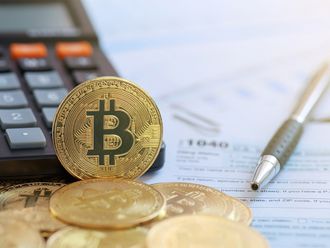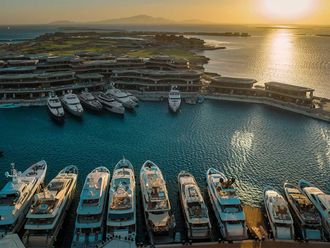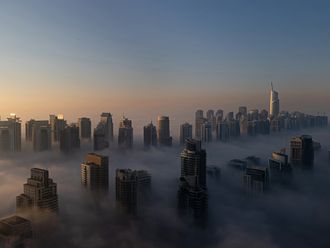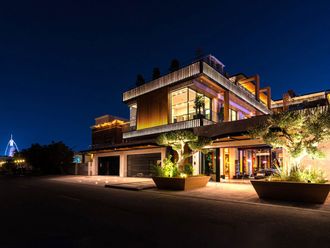
Credible economic sources disagree on the extent but not the ability of Qatar's economy to register steady growth rates. For instance, the International Monetary Fund (IMF) put Qatar's gross domestic product (GDP) growth at 16 per cent in 2010 only to raise it to 20 per cent in 2011.
Similarly, a recent report issued by Samba bank of Saudi Arabia projects Qatar's GDP growth at 19 per cent for 2011, up from 16 per cent in 2010. Joyfully, all these figures are in real terms, meaning adjusted for inflation. Fortunately, inflationary threats are not substantial nowadays notwithstanding rising oil prices.
In fact, inflation was a real problem in 2007 and part of 2008 at the height of rising oil prices together with the declining value of the American currency. Oil prices reached a record $147 per barrel in July 2008 only to drop sharply as the global financial crisis began to unfold. However, changing circumstances relating to the global financial crisis and new insights gained on the way have helped keep inflationary pressures in check.
Undoubtedly, the positive economic prospects are based on solid ground, particularly developments related to the energy sector. Oil prices remain strong partly as a consequence of socio-political developments in the Mena region.
Oil revenue
The Qatari authorities used average oil prices of $55 per barrel in calculating oil revenue for fiscal year 2010-11 ending in March, considerably below prevailing market rates. Moreover, press reports project continuation of a relatively low figure when Qatar releases the budget for fiscal year 2011-12 starting in April, reflecting age-old conservative policy. By one account, the average oil price could hover around $55 to $60 per barrel for the new fiscal year.
Concurrently, Qatar continues to expand gas output, with capacity already reaching 77 million tonnes per annum of liquefied natural gas, up from 54 million tonnes only last year. In reality, Qatar is the world's leading exporter of LNG much like Saudi Arabia with regard to crude oil.
To be sure, Qatar's gas sector is boosted by hard facts. According to the BP Statistical Review of World Energy, Qatar's gas reserves amount to 25.5 trillion cubic metres, comprising nearly 14 per cent of proven global reserves. Only Russia and Iran have more gas reserves or 23.4 per cent and 16 per cent of global reserves, respectively.
Already, steady econ-omic growth rates have helped Qatar rise to third position in terms of the largest GDPs within the Gulf Cooperation Council after Saudi Arabia and the UAE but ahead of Kuwait. The GDPs of Qatar and Kuwait are put at $128 billion (Dh470 billion) and $117 billion.
A recent IMF report suggests that Qatar's per capita income could reach as high as $100,000 this year, second to none in the world. Second-place Luxembourg will report around $82,600 per capita income. Per capita income in fellow GCC member states is nowhere close to that of Qatar.
Happily enough, Qatar's economic prospects remain solid until after the country has hosted the World Cup 2022.
Planned spending
The positive outlook chiefly reflects planned spending of billions of dollars on infrastructure development including a railway system and road network as well as football stadiums whilst preparing the country for the football extravaganza. Local, regional and international investors are expected to pour large amounts of money into Qatar's economy as the country prepares to host the tournament.
Foreign residents and workers who make up around 80 per cent of Qatar's population benefit from the country's growing economic fortunes in terms of job opportunities and outgoing remittances. Clearly, Qatar stands out when it comes to sharing the rewards of growth with others.
- The writer is a Member of Parliament in Bahrain.












